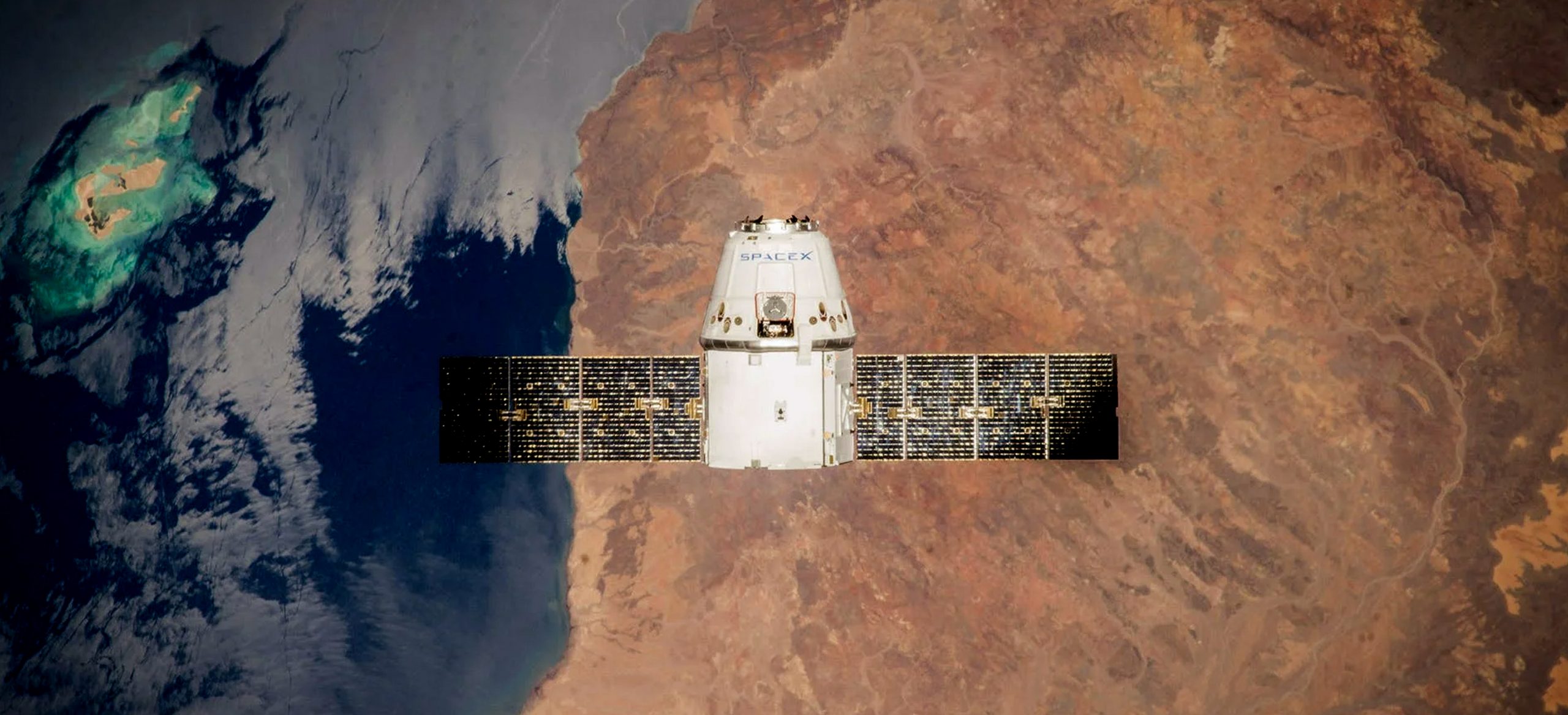With the introduction of new technologies and updated approaches to teaching and learning, design education is constantly evolving. As we continue to explore new avenues for academic collaboration and knowledge creation, is space the next frontier in education?
As part of the Design in Space for Life on Earth Design Challenge, jointly hosted by WDO and the International Space Station National Laboratory last year, two teams aimed to explore this very question by developing a feasible framework for an ‘orbital university’ – an educational platform that would leverage space’s unique environment to foster innovative learning and research opportunities.
To better understand this intersection of space, design and education, we spoke to four challenge facilitators and participants, also experienced design educators: Fabro Steibel, Russell Kennedy, Nick de Leon and Ted Tagami. They share their thoughts on what defines an orbital university, the benefits it can offer and design’s contribution to this effort.





